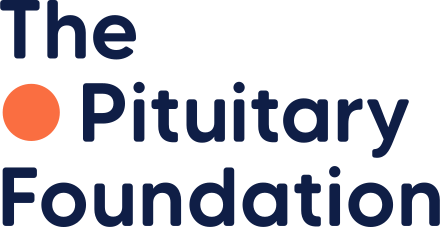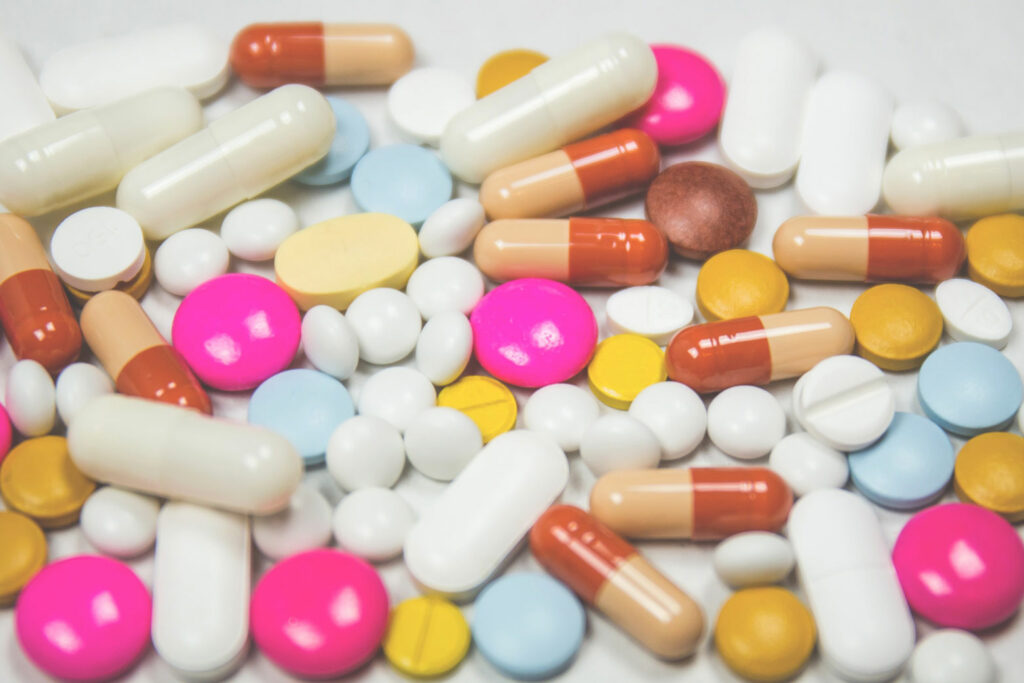How do hormone replacements interact with each other
People with pituitary conditions often require treatment with several pituitary hormones. Interactions between these hormones can occur frequently.
Replacement therapy of multiple hormones in pituitary diseases is complex. Blood tests are used to monitor adequacy of replacement with monitoring often based on dose titrations targeting the blood levels of the hormone being replaced within the normal range, together with clinical evaluation of the patients.
If you are on pituitary hormones you should inform your doctor about all the medications you take, including the oral contraceptive pill and male hormones. This ensures that your doctor is aware of potential interactions and adjust hormone replacement as required.
Growth hormone and the thyroid
In people who take growth hormone replacement, a blood test called insulin-like growth factor 1 (IGF-1) is measured in order to assess how well growth hormone works. In people who take thyroid hormones two blood tests are used for monitoring: thyroid stimulating hormone (TSH), free thyroxine (FT4) and free triiodothyronine (FT3). FT4 is converted to FT3 in the thyroid gland and other organs in our body.
Growth hormone can affect the thyroid hormone levels in some people, as it may lower the secretion of TSH and increase the conversion of FT4 to FT3. As a result, FT4 often declines after growth hormone is started. In up to half of people treated with pituitary hormones and in people with pituitary tumours, growth hormone unmasks hypothyroidism. With the same mechanism, when growth hormone is started in people already treated with thyroid hormones, such as levothyroxine, the dose of thyroid hormones may have to be increased. Therefore, it is advised that people who start growth hormone should have their thyroid function monitored closely especially the first 6 months of treatment.
Thyroid diseases can also affect the growth hormone and IGF-1 levels. When an underactive thyroid is present, IGF-1 is decreased and thyroid hormone replacement increases its levels. In contrast, IGF-1 may be high when an overactive thyroid is present.
Growth hormone and corticosteroids
Blood levels of cortisol are used to assess corticosteroid replacement, which is most often given as hydrocortisone tablets. In patients treated with both growth hormone and corticosteroids, growth hormone may cause a small reduction in the amount of hydrocortisone that becomes available in the blood. This happens to a greater extent in patients on cortisone acetate for steroid supplementation, rather than hydrocortisone. It happens because growth hormone inhibits an important enzyme called 11b-hydroxysteroid dehydrogenase type 1 (11beta-HSD1) that converts the inactive cortisone to the active cortisol. However, the effect of growth hormone on cortisone acetate or hydrocortisone doses is small and most people do not need to change their steroid doses when they start growth hormone. Even in people who start growth hormone and their steroid availability is affected, this does not happen immediately, but corticosteroid doses may need assessing after a few months of treatment with growth hormone.
Additionally, there are a few people who have a cortisol secretion that is borderline low, and are not on corticosteroid supplements. If these patients start growth hormone, the cortisol deficiency can be unmasked and they need treatment with corticosteroids. On the other hand, chronically low corticosteroid levels impair growth hormone secretion, and hydrocortisone replacement may improve growth hormone secretion.
Growth hormone and sex hormones
It is known that low female (oestrogens) or male (testosterone) sex hormones influence the secretion of growth hormone. In men and women with low sex hormone levels, growth hormone levels are reduced and sex hormone replacement with the transdermal oestrogen patch in women and male hormones in men restores growth hormone secretion.
What happens in women: Growth hormone and oestrogens
In women, the route of administration of oestrogens matters for their growth hormone replacement. Oestrogens given with a transdermal patch result in increased IGF-1 levels. On the contrary, oral oestrogens, such as ethinylestradiol, causes a decline in IGF-1 in both healthy and women with growth hormone deficiency. This is because oral oestrogens result in high drug levels in the liver that lower IGF-1. As a result, women taking oral oestrogens, such as an oral contraceptive pill or replacement after menopause (HRT), require at least twice the growth hormone dose compared with women on the patch or on no oestrogens. Oestrogen replacement by the oral route, therefore, results in a relative resistance to growth hormone replacement therapy, at least in terms of the effects on serum IGF-1.
What happens in men: Growth hormone and testosterone
After major pituitary surgery, combined growth hormone and testosterone treatment increases the IGF-1 in response to growth hormone or testosterone alone, suggesting that testosterone enhances the effect of growth hormone. The hypothesised mechanism is that male hormones that are converted to female hormones in a man’s body increase the secretion of growth hormone and reduce the IGF-1 negative feedback at the hypothalamus. As a result, men who are started on male hormone replacement therapy with testosterone and who already take growth hormone, usually require a reduction in the growth hormone dose. Also, in men with low male hormone levels, IGF-1 and growth hormone are low and increase after testosterone replacement.
Corticosteroids and the thyroid
Corticosteroids, such as hydrocortisone, reduce the secretion of TSH, which is a hormone that controls how much thyroxine our thyroid gland produces. Although near physiological doses of hydrocortisone and resulting changes in serum cortisol levels decrease serum TSH levels, they do not usually change the active hormone FT4 levels, unless an undiagnosed underactive thyroid exists and is unmasked when corticosteroids are started. Additionally, corticosteroids may lower the levels of a protein that exists in our blood and carries thyroid hormones, called thyroid binding globulin (TBG). However, the clinical impact of TBG or thyroid function tests changes caused by corticosteroids is minimal. Therefore, replacement doses of hydrocortisone are unlikely to affect the thyroid hormones and the levothyroxine replacement dose.
On the other hand, evaluation of the corticosteroid hormone cortisol is mandatory before starting thyroid hormone replacement, as it otherwise may trigger a steroid crisis in patients with untreated adrenal insufficiency by accelerating the metabolism of cortisol and increasing the metabolic rate.
Thyroid hormones and sex hormones
Sex hormones influence the thyroid function mainly by affecting the levels of a protein that carries thyroid hormones in the body, called thyroxine-binding globulin (TBG). The female hormones oestrogens increase the levels of TBG, whereas male hormones (androgens, mainly testosterone) decrease TBG. Oestrogens do not only affect TBG, but they also increase the levels of similar proteins such as the protein that carries cortisol (corticosteroid-binding globulin-CBG) and the protein that carries sex hormones (sex hormone-binding globulin-SHBG).
What happens in women: Thyroid hormones and oestrogens
The influence of oestrogen on TBG depends on how they are taken, the dose and on the exact oestrogen preparation. For example, oestrogens given transdermally with a patch cause minimal changes in TBG concentrations. In contrast, an oral oestrogen that gives similar therapeutic effects to that given through the skin, increases TBG by 50–70%. This happens because oral oestrogens result in high levels of the hormone in the liver that can increase TBG. Some oestrogens, such as ethinylestradiol, remain longer in our body and can increase the TBG levels even when it is used transvaginal.
In people who have normal thyroid function and who start oral oestrogens, TBG increases. As a result, FT4 decreases but only for a short period of time, and a new balance is reached quickly. However, in women with an underactive thyroid who are started on oral oestrogens, either in the oral contraceptive pill or HRT, FT4 decreases and TSH increases, and this can lead to exacerbation of the hypothyroidism. Therefore, it is essential that TSH levels are monitored 6–8 weeks after starting an oral oestrogen and thyroid hormone replacement doses are adjusted accordingly. If symptoms of an underactive thyroid occur, such as tiredness, unexplained weight gain and abnormal menstrual periods, patients are advised to contact their doctors.
In people with an overactive thyroid who start oral oestrogens, TBG increases, FT4 levels decline and the overactive thyroid symptoms may improve.
Thyroid hormones and testosterone
In men with normal thyroid function, male hormone therapy results in a decrease in TBG concentrations. As a result, in men with an underactive thyroid taking thyroxine who also start male hormone replacement, hyperthyroidism may occur. These people may need less thyroxine once they start male hormones.
In a man’s body, male hormones are converted to the female hormone oestradiol, and this happens mainly in fat tissue. Therefore, when testosterone is given, oestradiol concentrations increase, and how much TBG is affected depends on the combined effects of both testosterone and the produced oestradiol. In other words, how much TBG is going to drop after starting testosterone depends on the levels of oestrogens after male hormone treatment? If other than testosterone male hormones are given that cannot be converted to oestrogens, then TBG declines over 50%. The body composition also matters, as men with increased body fat convert testosterone to estrogens to a greater extent.
It is advisable that thyroid blood tests are obtained within 6–8 weeks of starting male hormone therapy and the doses of thyroid hormones are adjusted accordingly, sometimes to a 25% to 50% reduction. Male hormone therapy may unmask or worsen cases of mild hyperthyroidism.
Corticosteroids and sex steroids
What happens in women: corticosteroids and oestrogens
Female hormones in the oral contraceptive pill or HRT increase the total cortisol concentrations in the blood. In women on the pill, cortisol levels can almost double. These elevated values may lead to misinterpretations if treatment with oral contraceptives is not known to the doctor. Oral contraceptives also increase the cortisol response to stimulation by ACTH. This rise in the levels of cortisol is caused by an increase in the corticosteroid-binding globulin (CBG). The rise in CBG levels is due to the effect of female hormones on protein synthesis in the liver, which is dose-dependent. On the other hand, the resulting amount of free cortisol, which is not bound to proteins such as CBG, in the circulation may be only slightly lower or unchanged during treatment with oral contraceptives. In women who are on hydrocortisone and start the oral contraceptive pill or HRT, CBG increases and for this reason in a woman taking the pill or HRT, cortisol cannot be used to assess hydrocortisone replacement.
What happens in men: corticosteroids and testosterone
Using high doses of hydrocortisone with testosterone may result in increased retention of water. This may cause people with heart, renal or liver problems to become unwell. One may need a dose adjustment or special tests in order to safely take both medications together. This combination may cause swollen hands, feet or ankles, so patients who take both medications should watch for these symptoms.








